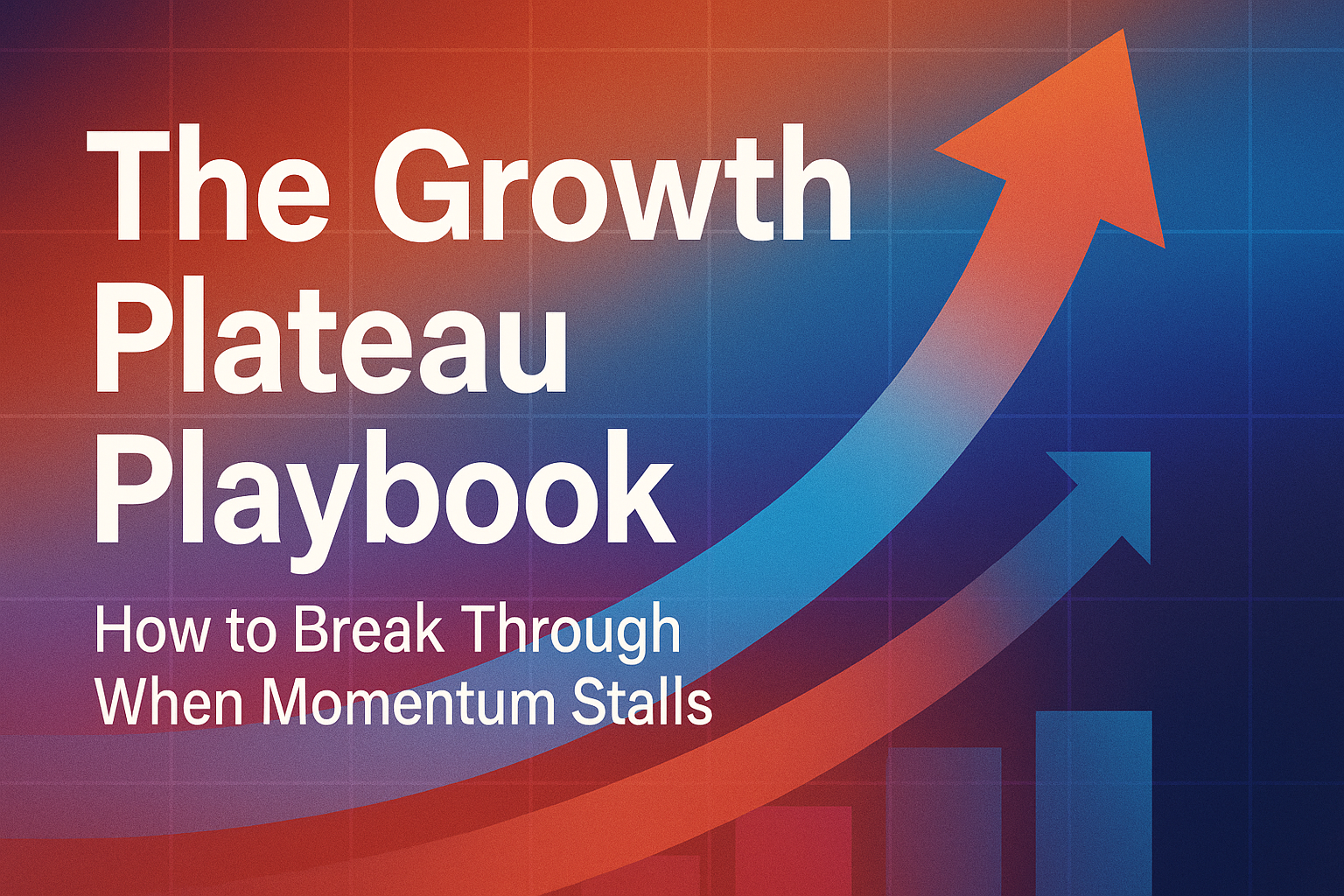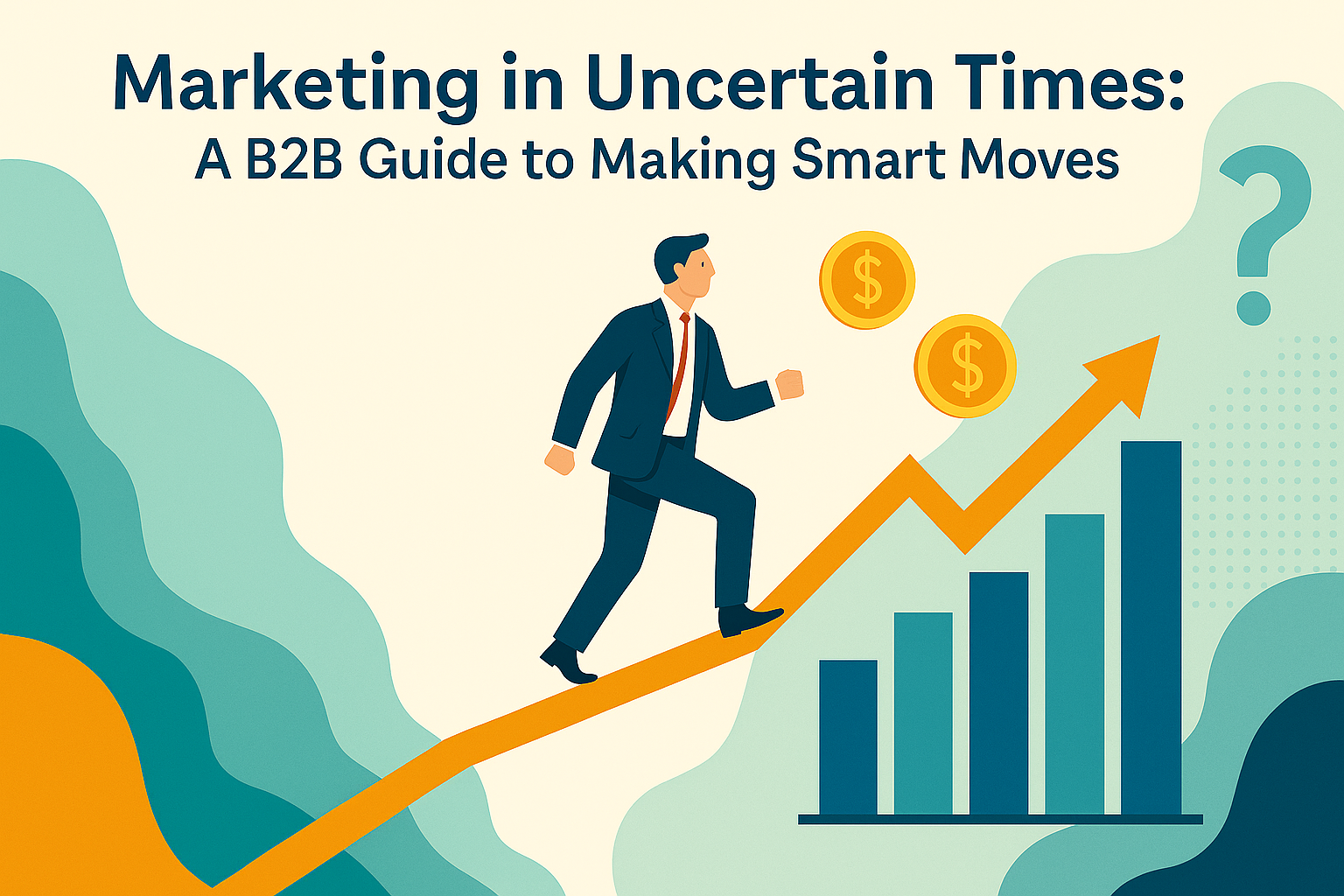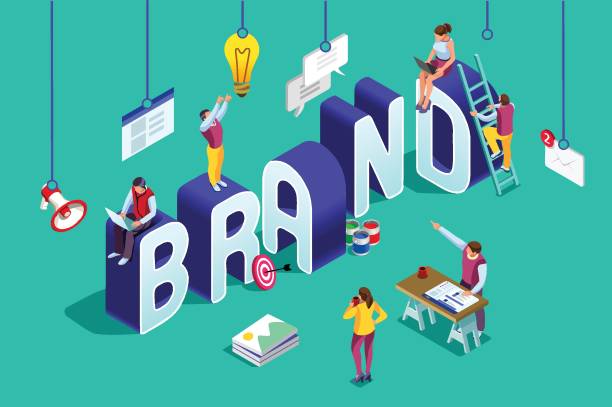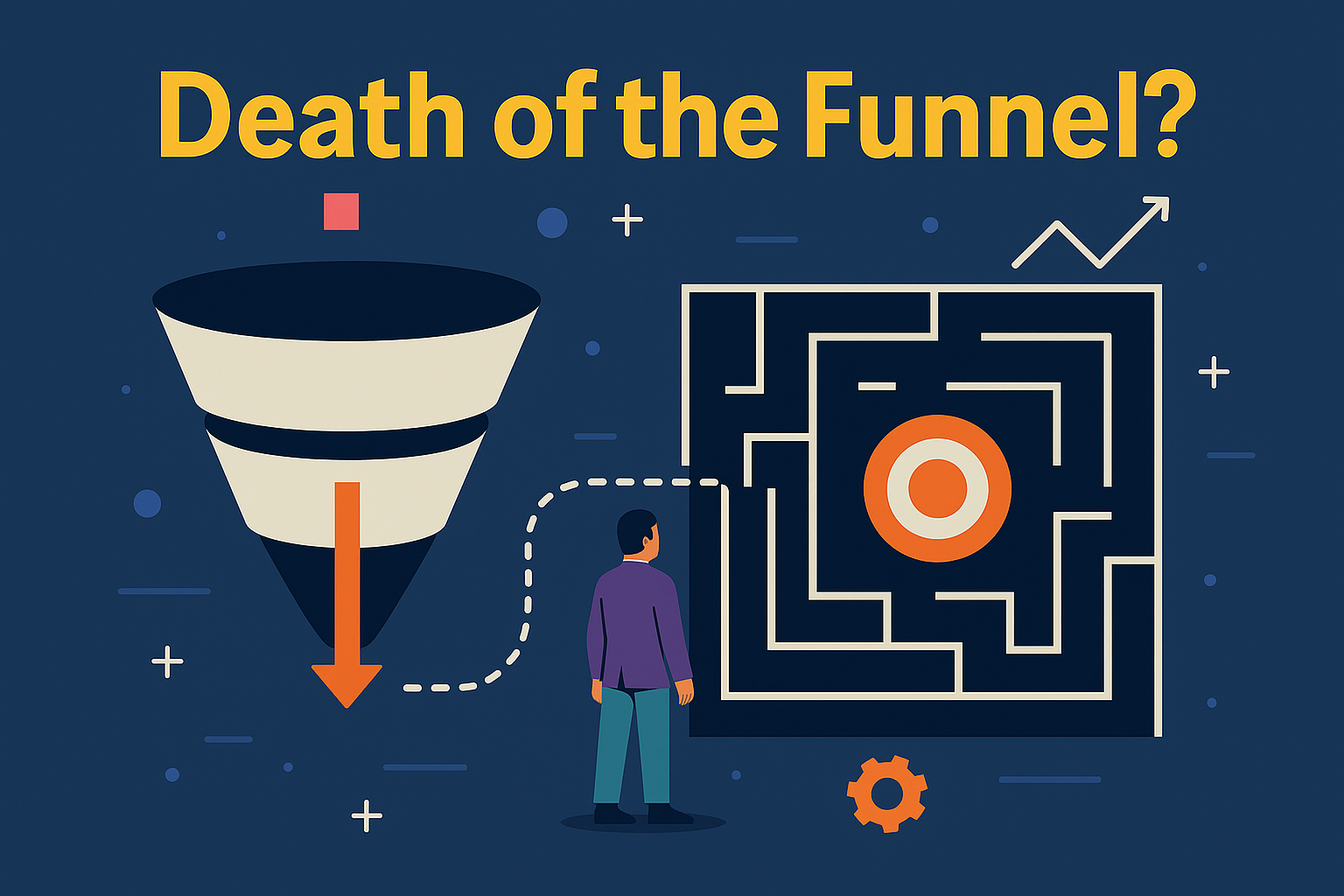The Inevitable Slowdown
Every B2B brand dreams of that hockey stick growth curve. Early wins stack up, sales pipelines expand, brand recognition climbs, and momentum feels unstoppable. But eventually, the pace slows. Engagement levels off, conversions plateau, and campaigns that once delivered impressive ROI suddenly feel flat.
This moment, the growth plateau, is where many brands either stall out or reinvent themselves. The difference between the two is not luck. It is a disciplined playbook for breaking through.
Warning Signs of a Plateau
Most organizations do not realize they have hit a plateau until it is deeply rooted. The indicators are subtle but telling. Website traffic may hold steady while form submissions stop climbing. Campaigns may generate impressions, yet meaningful engagement lags behind. Sales teams may voice frustration with repetitive or uninspiring leads. Competitors begin to feel louder and more relevant, even when your offering is stronger.
Recognizing these signals early is critical. Doubling down on outdated tactics without examining shifts in the market, the audience, or the brand itself only accelerates decline.
Resetting Your Positioning
One of the most common reasons for stalled growth is brand positioning that has quietly gone stale. In crowded B2B markets, standing still is the same as falling behind. Ask whether your messaging still reflects the reality of today’s buyer, not the buyer from two years ago. Are you telling a story only your brand can tell, or have you slipped into language that echoes competitors?
The brands that break through invest in competitive audits, customer interviews, and fresh market insights to sharpen their positioning before irrelevance sets in.
The Neglected Middle of the Funnel
Another reason growth stalls is neglecting the middle of the funnel. Brands often pour resources into top-of-funnel awareness and bottom-of-funnel sales enablement, while prospects languish in between. A pipeline can look full, but conversions stall if leads are not nurtured effectively.
Strong middle-funnel strategies include case studies that prove ROI, tools that demonstrate business impact, and personalized nurture streams that reflect the buyer’s decision stage. Aligning sales and marketing around this handoff is often the missing ingredient that reignites momentum.
Experience as a Growth Driver
While many organizations obsess over tactics, the most successful brands focus on experience. Every digital interaction becomes an opportunity to reinforce value. Websites are structured around user goals, not internal hierarchies. CMS, CRM, and analytics systems integrate seamlessly to deliver personalization. Design systems maintain consistency so every touchpoint strengthens trust.
Momentum builds when prospects sense clarity, authority, and confidence in every interaction with your brand.
Quick Wins That Rebuild Confidence
Breaking through a plateau does not always require sweeping campaigns or massive budgets. Sometimes the most effective step forward comes from small but visible wins. A refreshed brand identity signals evolution. A new content format like a podcast or video series engages fresh audiences. A pilot campaign in one promising vertical proves traction before scaling more broadly.
These small victories rebuild confidence internally and create proof points that justify bigger bets.
Rethinking Growth
It is important to acknowledge that growth is not always linear. Some plateaus indicate a need to evolve the very definition of success. Rather than chasing sheer volume, many organizations shift to prioritizing long-term customer value, measuring engagement and advocacy, or diversifying channels to build resilience.
By reframing what success looks like, brands create foundations for sustainable growth that endure beyond short-term wins.
The Crossroads Moment
The growth plateau is not a dead end. It is a crossroads. Brands that cling to yesterday’s playbook stall out. Brands that see the plateau as a signal to interrogate, refine, and reinvent create their next surge of momentum.
The key is to move with intention. Strategy, not desperation, is what separates the brands that falter from those that outlast their competitors. In the long run, the organizations that thrive are not the ones that avoid plateaus entirely. They are the ones who know exactly how to break through them.










